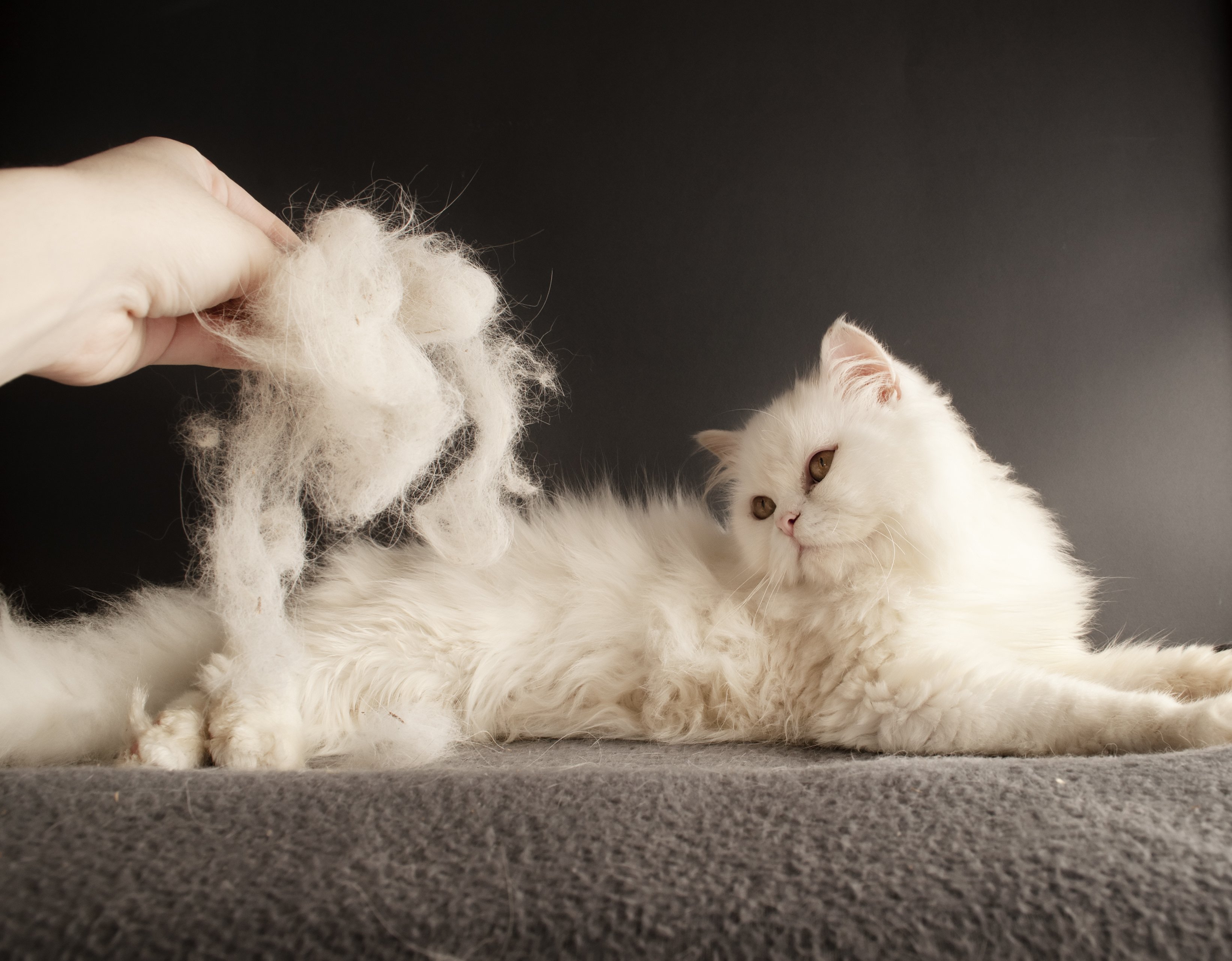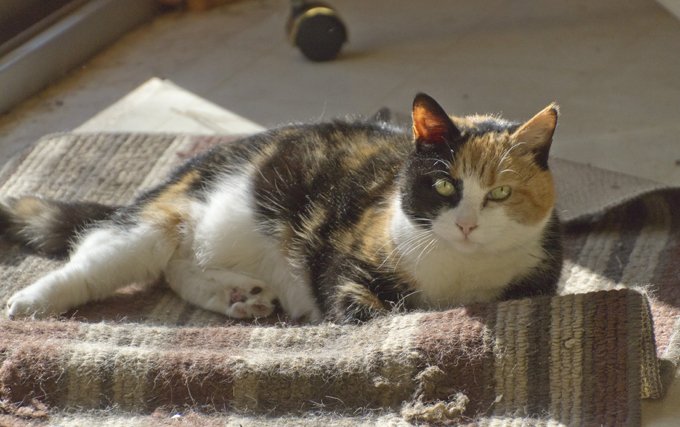Shedding season is here! Believe it or not, it happens for reasons beyond a change in weather. So what’s the reason behind shedding, and what can you do about it? Here are some tips to deal with cat shedding.
The science of shedding
Cats tend to shed naturally, and though it is normal for cats to shed, excessive shedding should be a cause for concern. Shedding relies on many factors, such as the cat’s environment and whether they spend more time outdoors or indoors. While outdoor cats shed more in the spring months, indoor cats shed all through the year.
Cats shed to remove dead hair, which triggers skin irritation and should be removed. However, dead hair keeps falling even if you do not remove it yourself, which is a big problem for indoor cat owners. The underlying cause of the shedding may be a serious problem that your vet needs to treat immediately.
Cat hair loss may also be due to the cat’s diet. A diet that lacks essential nutrients will also affect the skin and hair. Furthermore, stressed cats tend to shed more. Stress may be brought on by illness, changes in the cat’s environment, loss, or even jealousy.
Beyond behavior and diet, allergies can also cause excessive cat shedding. There are many types of allergies, including inhalant allergies, sun allergies, certain types of food, medicines like penicillin and sulfonamide, and even insect bites or parasites.

Other causes for shedding
Certain diseases can also cause excessive shedding. Hyperthyroidism, a condition in which the thyroid gland malfunctions, can trigger shedding in cats.
Another disease where this shedding occurs is the feline Cushing syndrome. This is characterized by the presence of acne, seborrhea, excessive thirst and frequent urination in addition to the excessive shedding.
The presence of granulomas can also lead to excessive shedding. A biopsy is required to determine whether the granuloma is benign or malignant. Granulomas are nodules formed by infection.
Sometimes, the shedding may be due to pregnancy and lactation when many hormonal changes occur. Once the lactating duration is over, the shedding will return to its normal amount.
Infections caused by bacteria, fungi, and yeast also cause excessive hair loss in cats.
Alopecia is another condition characterized by frequent episodes of cat hair shedding. There is no skin irritation or itching, but bald patches appear on the cat.
Cats undergoing chemotherapy may also experience excessive hair loss, which will resolve once the treatment is over.
Hair loss treatment for cats
Treatment for cat hair loss depends on the cause. Antibiotics can be given for infection, allergies can be treated with antihistamines, and a change in diet can also help. You have to brush the cat’s hair at least 2-3 times a week. This will remove all the dead hairs, and the grooming will remove dirt or feces sticking to the cat’s fur. Once the fur is kept clean, the shedding will reduce gradually.
Tips to deal with cat shedding
Let’s get to the heart of it. If there isn’t a medical reason behind shedding, the best way to manage the flyaway fur is through regular brushing, proper hydration, stress relief, and nutrition. Some cats need more grooming help than others. It’s smart to research breed needs to ensure you’re helping your cat with their needs. You can also invest in scratching or brush posts, which allow cats to stretch their claws and help them brush themselves.
If you’re looking for some tools to help yourself, you might want to become well acquainted with lint rollers. Beyond these handy tools, sticky grip or wool laundry balls can help de-fur your clothing.









